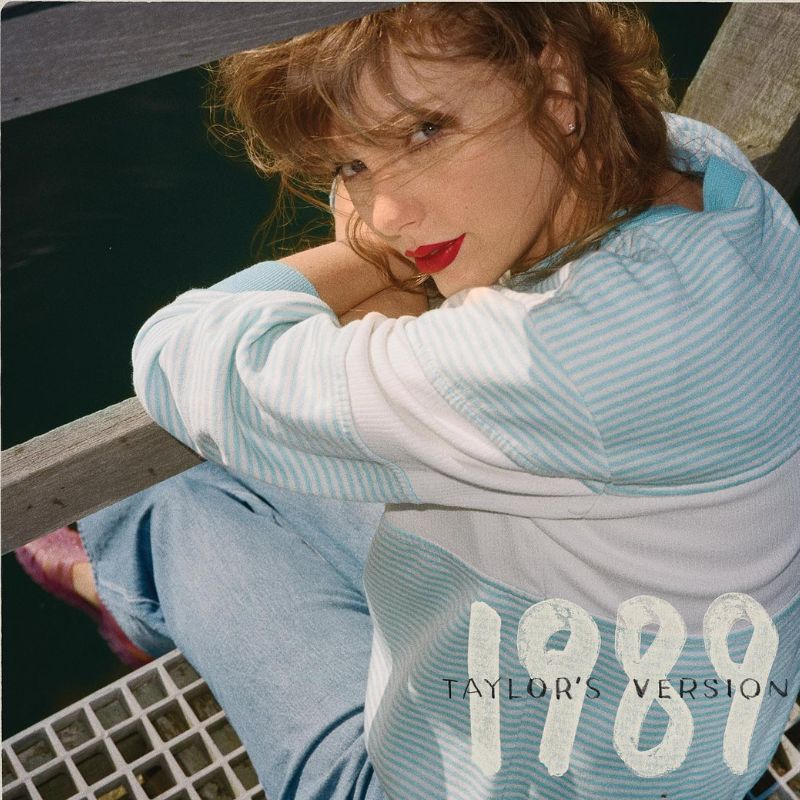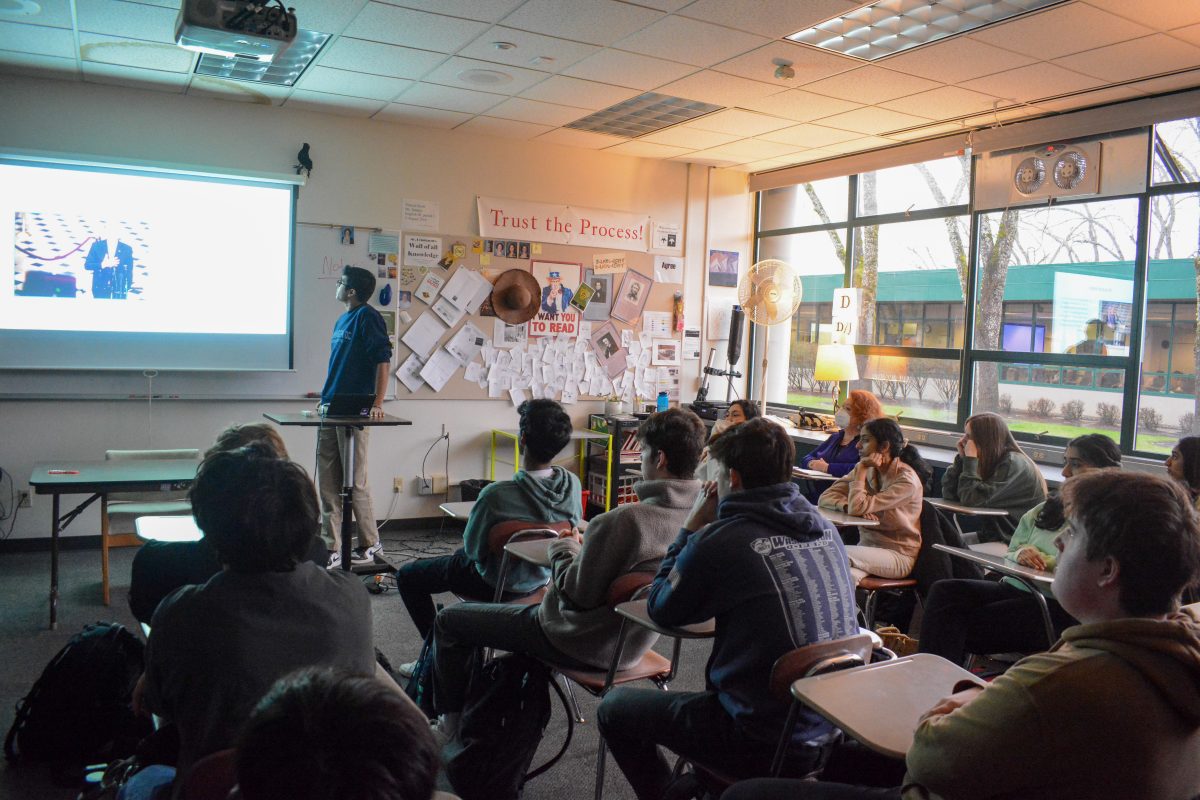On October 27, the Pop Bible was reincarnated, featuring altered production, mature and reflective vocals, and five never before-heard tracks. 1989 Taylor’s Version offers a darker take on bubbly pop classics and a new album thesis.
Famous for iconic tracks like “Shake it Off” and “Blank Space”, Taylor Swift’s re-release of her 2014 album 1989 has been widely anticipated since its announcement on August 9. It is the fourth full rerecord of six albums that Swift aims to reclaim after her catalog was purchased by Scooter Braun in 2019 (Entertainment Weekly ). She says that rerecording has been “like regaining a freedom, and taking back what’s mine” (Billboard).
1989 TV follows a financially disappointing Speak Now TV, which became available in July. Fans felt that Swift’s team had taken unwarranted liberties with many songs, including a lyric change in the scathing ‘homewrecker’ track, “Better than Revenge”. The larger issue however, is the consistently altered production of songs, which often reflect Swift’s current projects.
Only days after its release, fans have been quick to notice stark similarities between Swift’s 2022 album, Midnights, and 1989 TV. One Tik-Toker pointed out almost identical intros between vault track, “Is It Over Now”, and Midnight’s closer, “Dear Reader’ (@its_eriberto). But, perhaps it’s to be expected that songs recorded for the first time now carry influence from Swift’s current projects, especially as producer, Jack Antonoff, wielded control over the synthesizer on both projects.
The biggest quarrel is alteration to almost decade- old fan favorites. Alterations are somewhat addressed by the original intent of the rerecords, however, it’s unclear if the primary purpose is to create a version of the songs that fans can enjoy as a substitute, or to allow Swift to recreate the songs as she had intended them, before the interference of a label.
Originally an 80s influenced, synth- pop album, many tracks have taken on a post-pop influence. Iconic guitar riffs, like the “Style” intro, now sound canned, almost compressed, in a fashion that hinders the emotional build up of the song.
Another issue across the rerecords are “explanatory drums”. Explanatory drums fill the implied tertiary rhythm, other than the official time signature. For example, a song in 4/4, like cult- classic “All You Had to Do Was Stay”, was originally solely punctuated by a strong hit every two bars, and a consistent synth pulse on each beat. This simplicity made the song compelling, and the implication of variations of rhythm leads the listener into an antagonizing dialogue, resulting in an inconclusive magnetism.
Simplicity isn’t a ‘thing’ for Taylor’s Version albums. “All You Had to Do Was Stay” is still in 4/4, but instead of consistent pulses with few full hits, the chorus is littered with snapping fills that rob the gravity of an unanswered half note. Consequently, “AYHTDWS Taylor’s Version” falls flat, despite its otherwise fascinating features.
Nitpicking aside, 1989 TV remains a consistently strong and visceral album, especially with the addition of five tracks originally excluded from the album’s release. One particularly potent song, “Is It Over Now”, has lit a fire of shock and passion amongst fans. Unlike 1989’s original 16 tracks, “Is It Over Now” aims straight at the guttural with lyrics like “I think about jumping/off of very tall somethings”, and “Only rumors ‘bout my hips and thighs” (Swift).
Unlike the original tracks, the vault tracks show the uncensored undoing of a woman under intense media scrutiny and in the depths of a debilitating eating disorder. Lyrics so bold and vulnerable would’ve been career ending in 2014, when Swift was considered an amateur country artist, infantilized and ridiculed by media, despite consistently garnering awards and critical praise, including an AOTY for her sophomore album, Fearless. The vault tracks bide their time until the end of the original album to disillusion the listener with the glimmering bubble pop world they were previously immersed in.
With the addition of the vault tracks, and altered production, 1989 TV will last in the cultural memory as an anomaly of both a crowd- pleasing pop album, but also a raw and disturbing introspective into celebrity culture.










